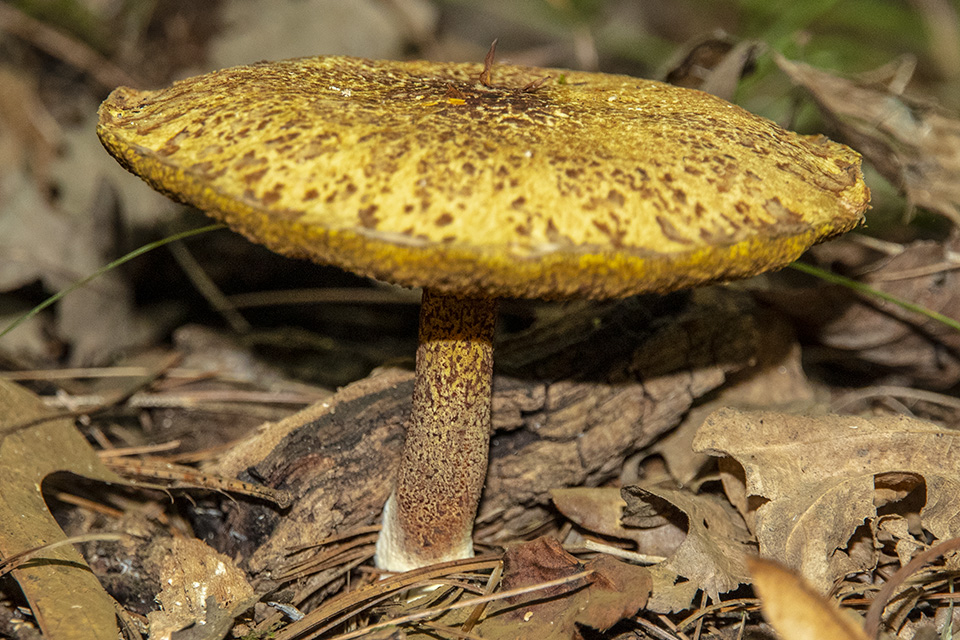
Purple Jellydisc (Ascocoryne sarcoides or Ascocoryne cylichnium) is a widespread and common fungus. It occurs from Maine to Minnesota, south to Illinois and Georgia, on the West Coast, and in adjacent Canadian provinces. It is uncommon in Minnesota, where it is at the western edge of its range. It is found in the fall grouped or clustered in deciduous forests and woodlands on well-rotted hardwood stumps and logs.
When young, Purple Jellydisc is a lumpy, irregular, gelatinous, purple or wine-red mass up to 8″ across. It appears brain-like and looks like a jelly fungus. As it ages the lobes flatten out into 3 ⁄16″ to ⅞″ (5 to 22 mm) wide disc-shaped or cup-shaped fruiting bodies. When mature, it looks like a disc fungus. There is no stem but there is sometimes a short, poorly-defined, stem-like base.
Some authors claim that Ascocoryne cylichnium is more often disc-like than Ascocoryne sarcoides. Most authors agree that the two species can only be differentiated with certainty by examining the spores microscopically. Both species have been reported in Minnesota.









